Ha Lang has 12 communes and 1 town, including 7 border communes. The rate of poor and near-poor households accounts for 51.43%. The large area, difficult transportation, uneven educational level, backward farming practices, high poverty rate... are barriers affecting the implementation of ethnic work and policies for ethnic minorities in the area. However, in recent years, with the regular attention of the Party and State, policies for ethnic minority and mountainous areas have been promptly implemented by Party committees and district authorities, targeting the right subjects and promoting clear effectiveness, contributing to the implementation of local socio -economic development goals.
Head of the Department of Agriculture and Environment of Ha Lang district, Phuong Ich Thien, said: Benefiting from the support policies for ethnic minorities of the Party, the State and the province such as: support for loans, support for agricultural varieties, training in agricultural science and technology, ethnic minority households have boldly introduced new varieties of high-yield and high-quality varieties into production, increasing income. Among them, many ethnic minority farming households have so far implemented production chains to grow cassia in Dong Loan and Ly Quoc communes; built a linkage to grow 13,000 macadamia trees in Thi Hoa commune. The whole district has 19 enterprises and 16 cooperatives in operation, with a total registered capital of 152.8 billion VND; creating stable jobs for about 162 workers, with an average salary estimated at 6 million VND/person/month.
In order to improve the quality of life of the people, the district focuses on implementing the Program to eliminate temporary and dilapidated houses and national target programs. In 2024, the whole district supported the elimination of temporary and dilapidated houses for 437 households, reaching 91.61% of the plan, with an implementation cost of 15 billion 926 million VND; the number of houses completed exceeding the assigned target was 112. Since the beginning of 2025, 305 houses have been started, reaching 93.27% of the plan (227 newly built houses, 78 repaired houses), 22 houses have not been completed, it is expected that 100% of households will start construction before May 19, 2025.
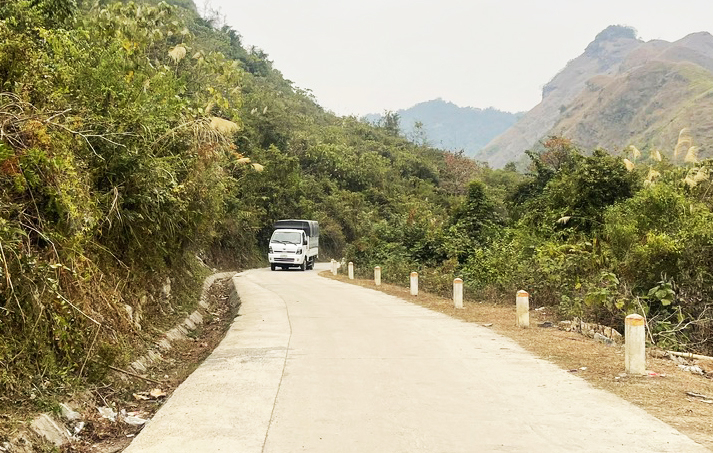
Agencies, departments, branches and organizations have increased resource mobilization and promoted propaganda and communication on poverty reduction and livelihood diversification; promoted activities to guide poor households to borrow capital and provided guidance on the effective use of preferential loans. From 2019 to present, 3,615 poor ethnic minorities have received loans with an amount of over 200 billion VND. The National Target Program on Sustainable Poverty Reduction has organized 20 vocational training courses for nearly 700 people. To date, the number of trained workers accounts for 40.8%. Through the synchronous implementation of sustainable poverty reduction solutions, the annual poverty rate has decreased, reaching an average of over 5%.
The work of propagating and mobilizing people to participate in building new rural areas has been widely implemented; the majority of people are more aware of the purpose, meaning of the program and their role as the subject, agreeing to participate, forming practical movements such as donating land, contributing assets, and working days to build new rural areas. The total capital mobilized to build new rural areas from 2019 to present is nearly 200 billion VND; local people have contributed over 250,000 m2 of land, over 26,000 working days to build rural roads, solidify canals, build environmental landscapes, plant trees, and grow flowers on roads... Up to now, the whole district has achieved an average of 9.83 criteria/commune.
Proactively review, develop and implement public investment plans, build essential infrastructure to serve socio-economic development, with special attention to investment in extremely disadvantaged communes and hamlets. From 2019 to present, over 600 billion VND has been invested in renovating, repairing, upgrading and concreting nearly 200 km of roads; over 30 billion VND in building schools and auxiliary items; over 500 billion VND in building and repairing more than 50 works (commune cultural houses, community activity houses, medical stations); nearly 60 billion VND in building over 70 canals. To date, the rate of households using safe electricity from the national grid is 99.25%; the rate of households using national grid and solar power is 99.9%; all people have access to television, telecommunications and more than 40% have access to information technology to serve production and daily life needs. 100% of hamlets/residential groups have Party organizations and Party members who are ethnic minorities.
Policies on education - training, health care, and population continue to receive attention. Currently, the whole district has 9 schools meeting national standards; 13/13 communes and towns have met the standards for universal preschool education for 5-year-old children; universal primary education level 3, universal secondary education level 2, universal literacy level 2. 100% of communes and towns have met the national criteria for commune health, the health insurance coverage rate is 96.21%...
Source: https://baocaobang.vn/ha-lang-thuc-hien-tot-cac-chinh-sach-dan-toc-3177194.html


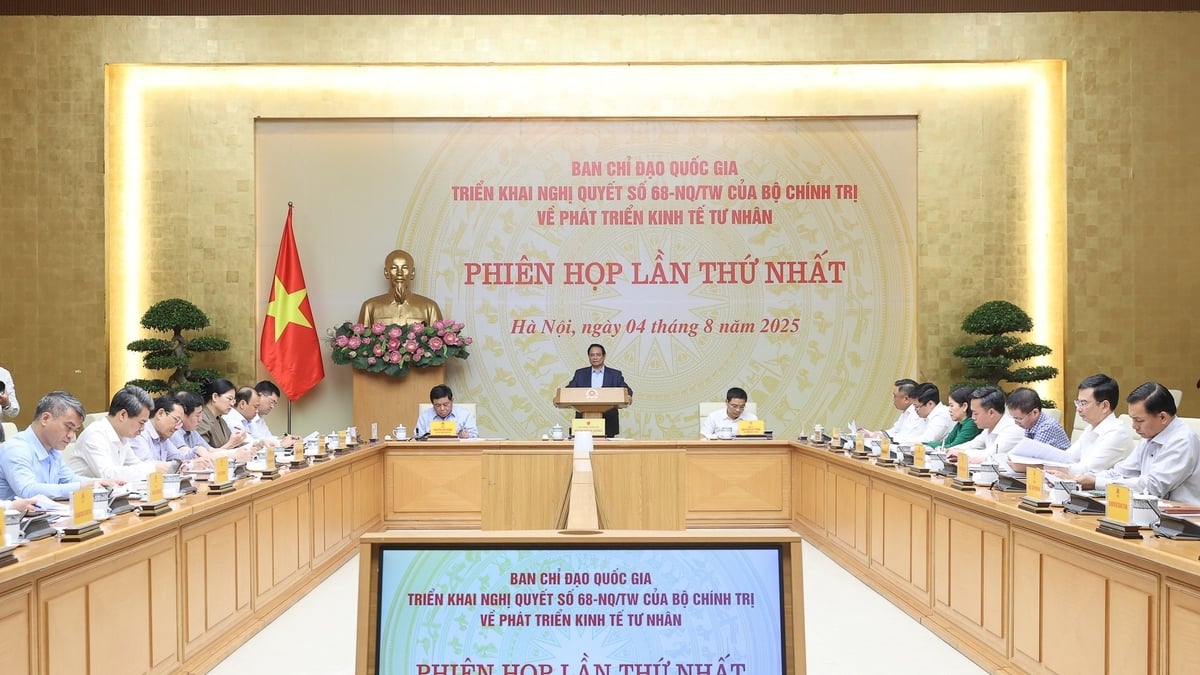


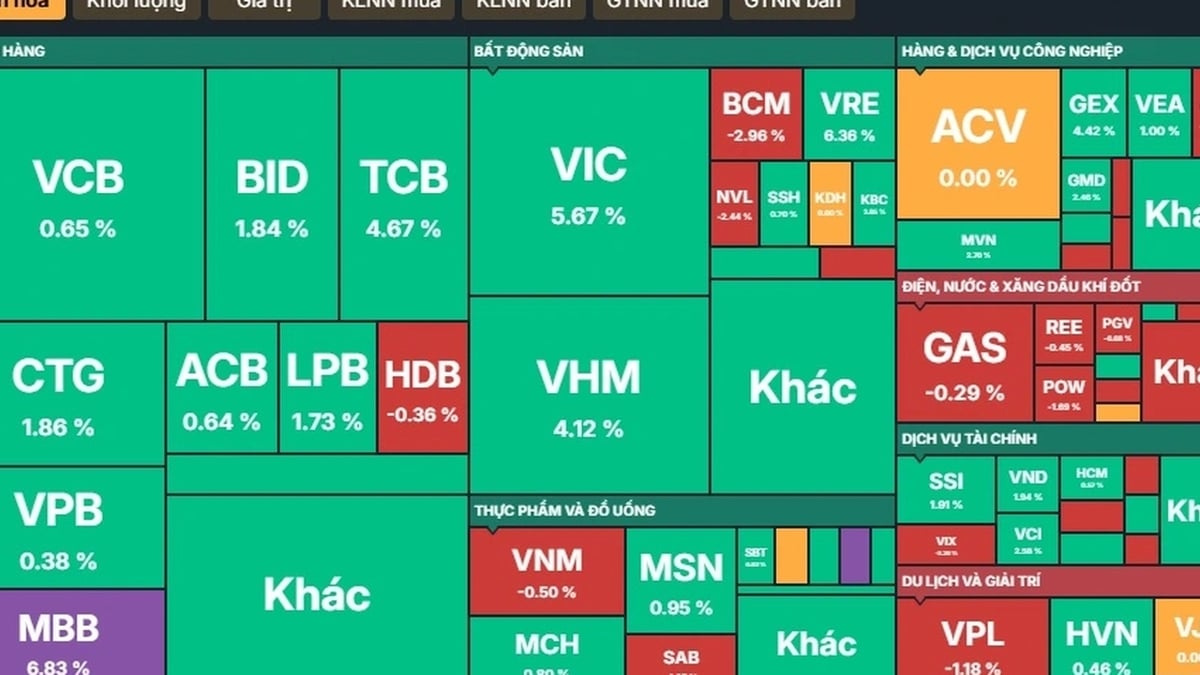
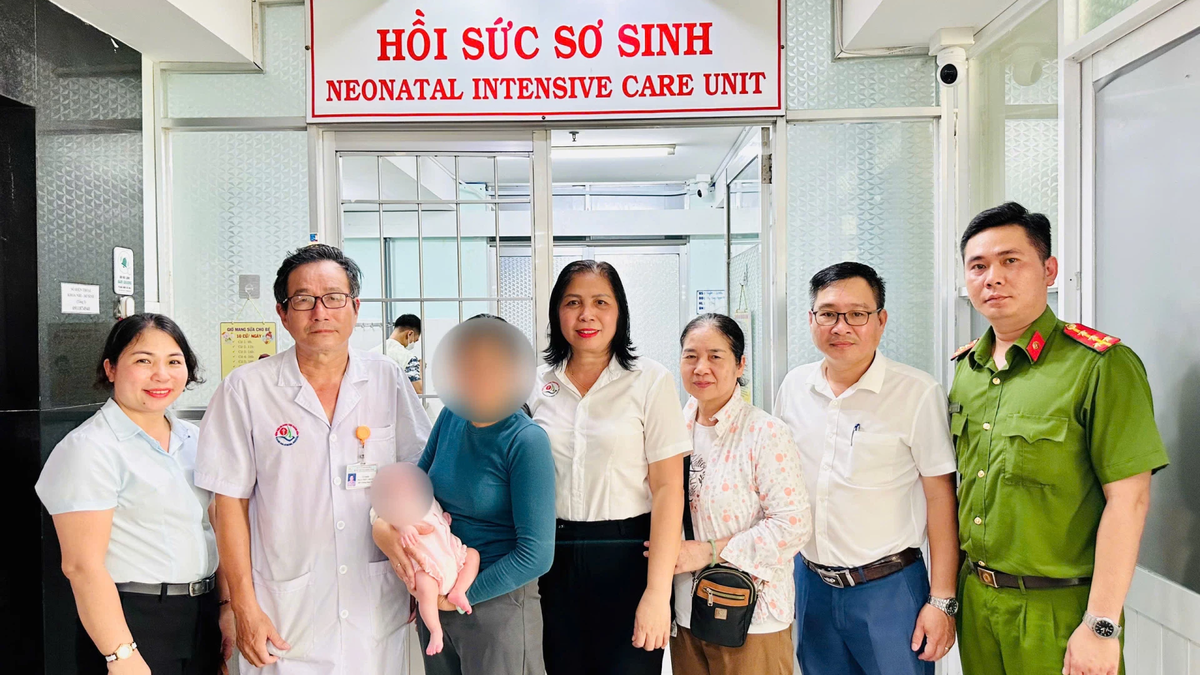

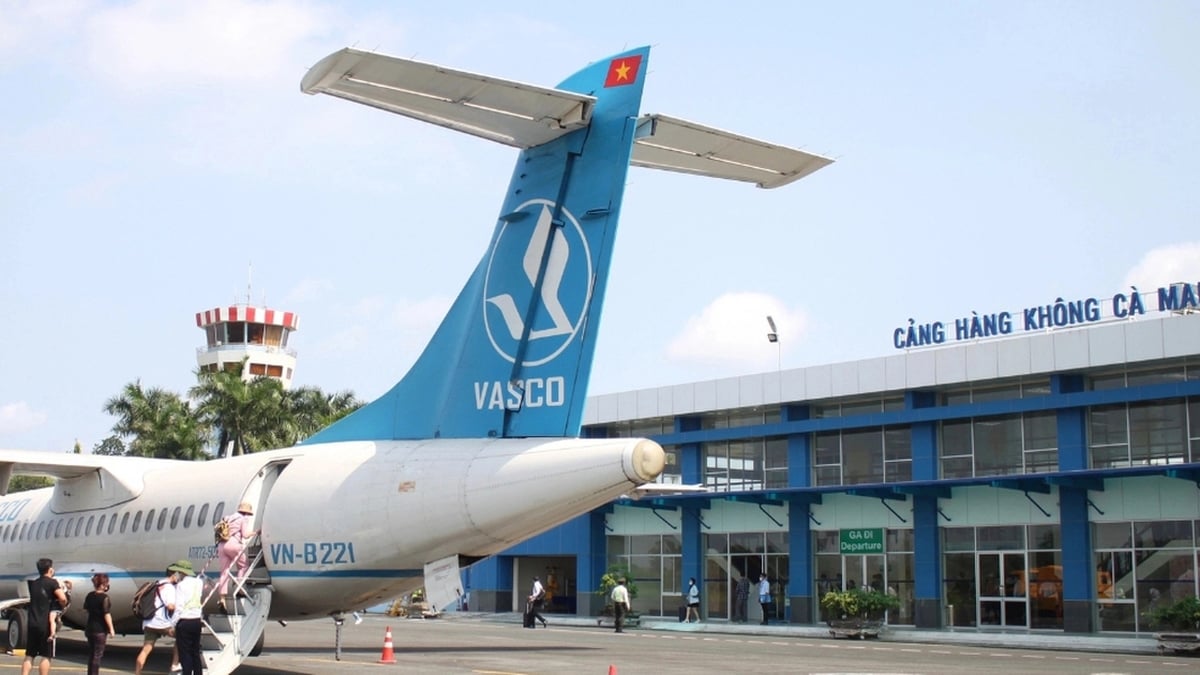






















































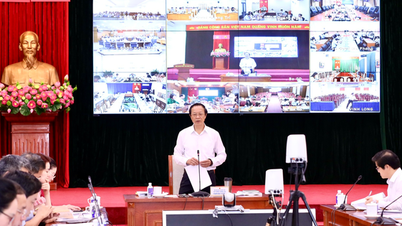



































Comment (0)